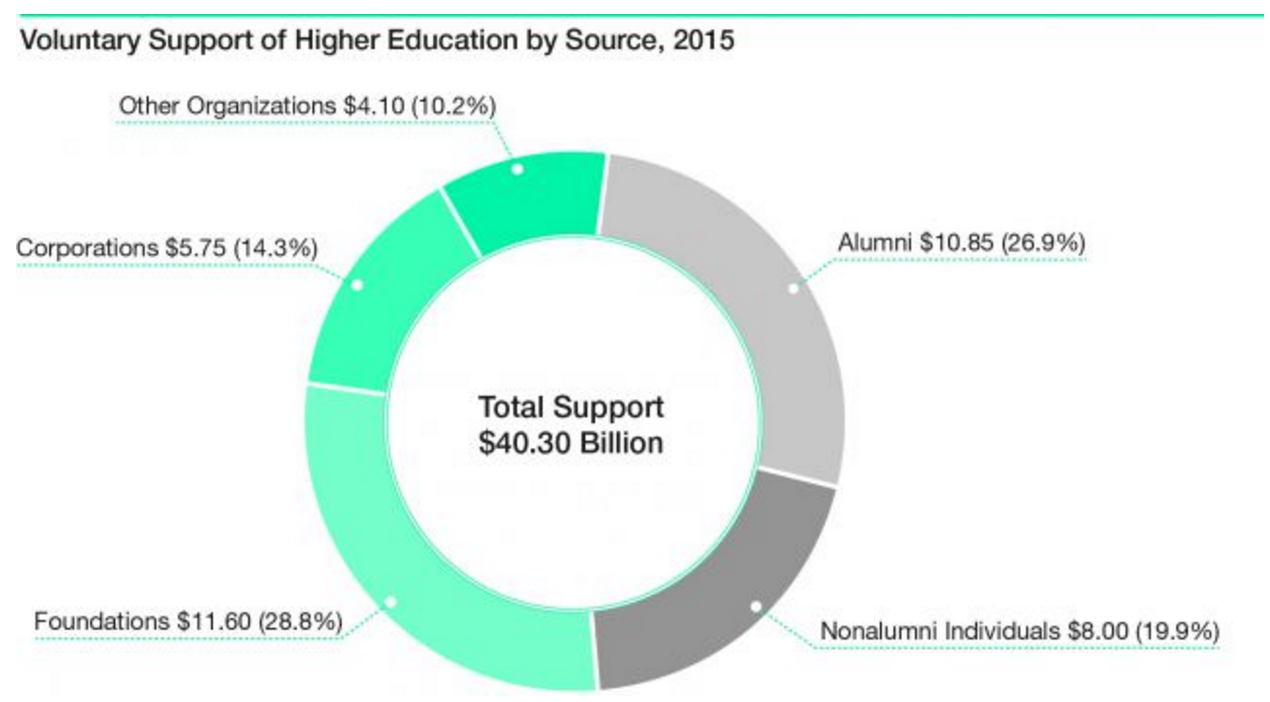Higher Education Notes and Trends for the Week of July 4, 2016
The landscape of higher education continues to shift toward changing student demographics, evolving different learning approaches and what seems like a perpetual shortfall of funding for post-secondary institutions. These trends mirror that of our client website aspirations which are now more than ever are focusing on engagement with key audiences such as prospective students and alumni due to greater competition in the marketplace with less dollars to spend. In this week’s higher education notes and trends, we spotlight higher education affordability recommendations, donation strategies targeting alumni students, and the unveiling of a new technology and innovation initiative sponsored by Hillary Clinton.
New Policies for Affordable Higher Education
Last month, we highlighted the University of Southern California’s commitment to student diversity has resulted in them leading all American post-secondary institutions in terms of percentage of students utilizing the Pell Grant, a funding initiative for low-income students. The Center for American Progress released an interesting report, “The Case for Federal Higher Education Affordability Standards” which outlined several challenges facing post-secondary students, with an eye toward solutions to the issues. This report shows similar data in that the grant is being more widely utilized, with the number of recipients growing from 6 million in 2008 to 8 million in 2015. However, the grant falls short of getting those same students to the end of their academic career, with only 30% of students total cost of attending a four-year public college covered. A summary of the report's recommendations are:
- Create a guarantee of no or low-cost public education for Pell Grant recipients;
- Create purchasing guarantees for middle-income students, where small personal contributions and small student loans will be enough to cover their education costs;
- Require states to meet affordability targets; and,
- Hold post-secondary institutions accountable for excessive loan burdens
Universities Get Creative With Alumni Donation Solicitations
InsideHigherEd published an interesting article documenting Northeastern University’s innovative approach to fostering the next generation of alumni, and the unintended backlash they faced. The approach was a mass-text message campaign sent to recent graduates that had student loans, offering a chance to win $1,000 toward their loan if they donated for the first time. The response was immediate and the backlash was felt on Twitter, among other social media platforms, comparing the initiative to a “lotto.” Interestingly, 2015 was a record year for charitable contributions to higher education institutions, with a total of $40.3 billion, but with fewer alumni’s actually donating, 8.4% vs. 11.7% back in 2007. The article makes it very clear that although recent graduates are not likely to provide large, substantial donations, this early engagement will pave the way for donation solicitations 10-15 years from now when that age group is more established in their careers. They also note the trend of small, recurring donations can be an effective long-term engagement strategy which over time provides a significant contribution from the donor.  Image Source
Image Source
Hillary Clinton’s “Technology & Innovation Agenda”
Recently, Hillary Clinton unveiled sweeping recommendations to the higher education sector as part of her tech and innovative agenda. The recommendations call for $10 billion in funding to encourage “21st-century” education in technology and startup/entrepreneurial incentives, amongst others. The talk of alternative teaching methods and the changing student demographic has been a recurring theme in our higher education notes and trends updates, but Mrs. Clinton’s recommendations is a good example of the shifting landscape of higher education and the policy that guides it. Students would receive funding when enrolling in coding academies, open online courses and other technology programs run by alternative education providers. Universities and colleges that accept those programs as credit toward graduation will also be rewarded. Entrepreneurs will also benefit by letting founders and their staff defer student loans penalty free for up to three years, giving incentives for both employers and employees to build businesses. We can only hope this is not just a campaign promise, as the shift toward “real-world” education is drastically needed, particularly in the technology sector.




